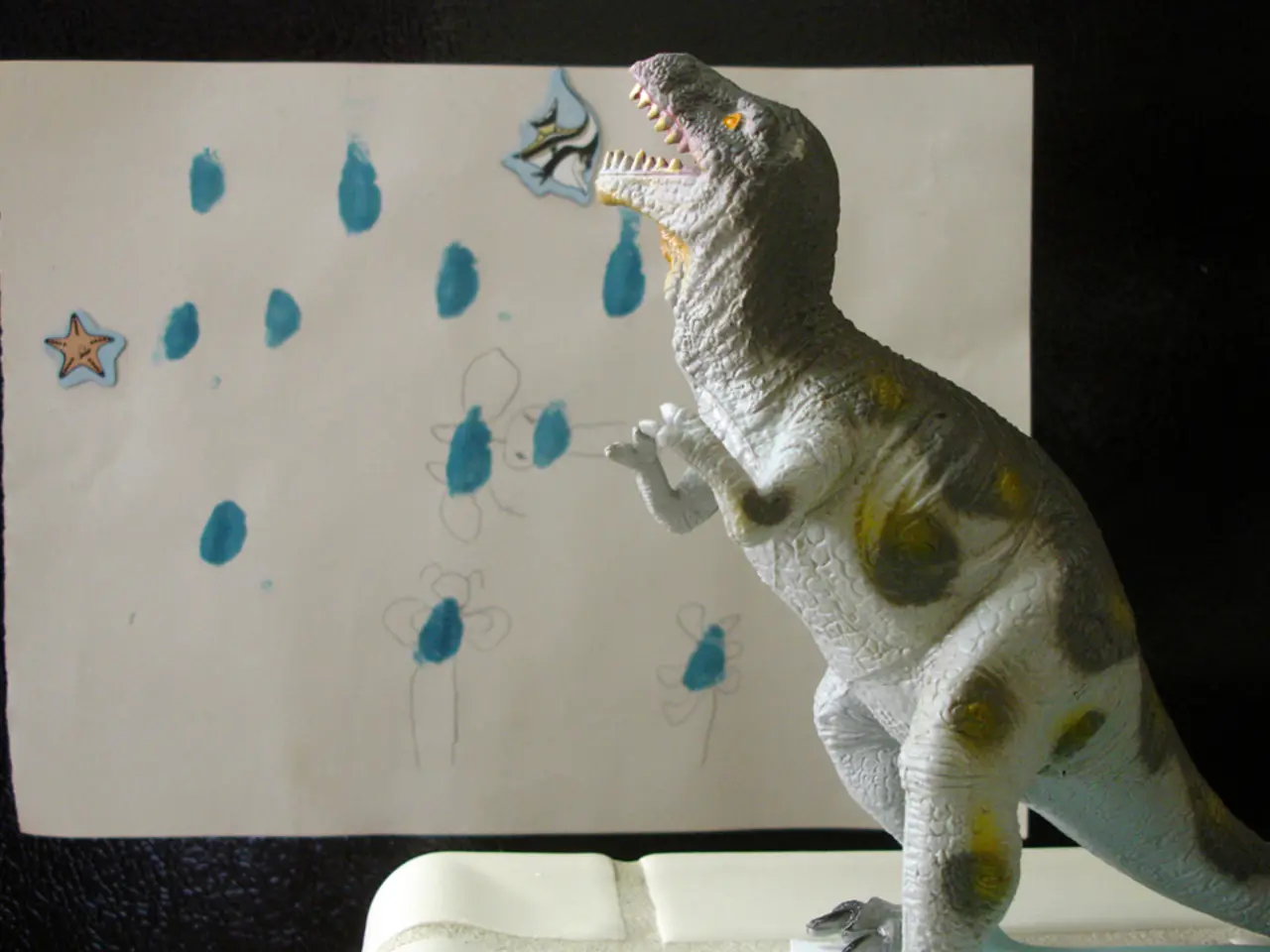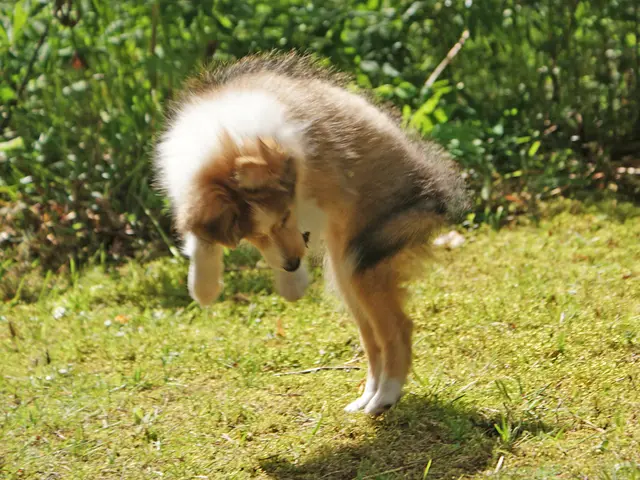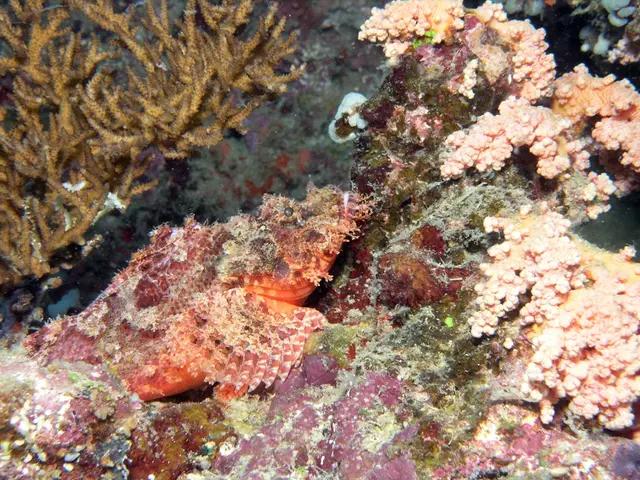Unusual Duck-Billed Dinosaur Unearthed in Mexico
Newly Discovered Dinosaur Challenges Previous Beliefs About Dinosaurs in the Americas
In a groundbreaking discovery, scientists have identified a new species of dinosaur that is set to rewrite the narrative about dinosaur life in the Americas. The dinosaur, named Coahuilasaurus lipani, is a hadrosaurid dinosaur from the Late Cretaceous period, specifically the Upper Campanian Cerro del Pueblo Formation in northern Mexico.
Coahuilasaurus lipani: A Unique Hadrosaurid Dinosaur
This newly discovered dinosaur belongs to the Kritosaurini tribe within the Hadrosauridae family, making it a type of hadrosaur or "duck-billed dinosaur" known for herbivory. The fossil evidence for this dinosaur comes from the Upper Campanian stage, dating back approximately 80-72 million years ago, placing it squarely in the Late Cretaceous period.
The discovery of Coahuilasaurus lipani in Mexico is particularly significant as it adds to our understanding of dinosaur diversity in North America, especially in the underrepresented region of northern Mexico.
Implications of the Discovery
The identification of Coahuilasaurus lipani enriches the known diversity of hadrosaur species in North America, emphasising regional dinosaur evolution and adaptations in Mexico during the Late Cretaceous. Its small geographic range challenges the belief that large dinosaurs roamed vast areas and offers a fresh perspective on dinosaur evolution and geography in the Americas.
As a new genus and species, it provides fresh data for studying hadrosaurid phylogeny, paleoecology, and biogeography, possibly indicating unique evolutionary pathways in Mexican dinosaur faunas. Its identification also helps fill geographical and ecological gaps in dinosaur fossil records between northern North America and southern regions.
A New Chapter in Dinosaur Discoveries
The ongoing discoveries of dinosaurs like Coahuilasaurus lipani will deepen our understanding of these ancient creatures and their habitats. This discovery underscores the importance of reanalyzing fossils with new technology, as several dinosaur species unique to Mexico have been discovered recently.
In conclusion, Coahuilasaurus lipani is a significant new hadrosaur genus from Mexico’s Late Cretaceous deposits that contributes key insights into the diversity and distribution of hadrosaurid dinosaurs in North America during the Campanian stage. This discovery challenges long-standing ideas about dinosaur life in the Americas and provides valuable data for future studies in dinosaur evolution and biogeography.
References:
- Coahuilasaurus lipanicensis
- Coahuilasaurus lipani: A new hadrosaurid dinosaur from the Upper Campanian of Mexico
- New Hadrosaurid Dinosaur from the Upper Campanian of Mexico Challenges Previous Understanding of Dinosaur Geography in the Americas
- Coahuilasaurus lipani
About the Author
Leander McCabe Maritz is a BA (Law) graduate with a major in English Language and Philosophy. He assists with marine research and educational outreach programs as a divemaster and skipper in South Africa. His passion for writing and the natural world drives him to share knowledge and inspire curiosity in others.








